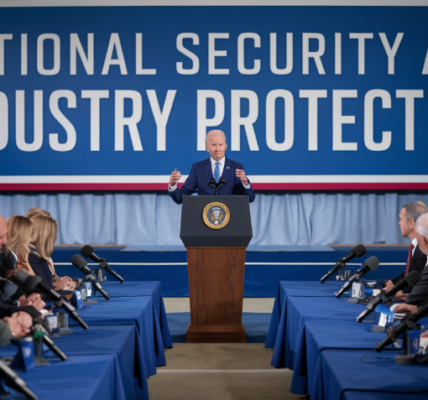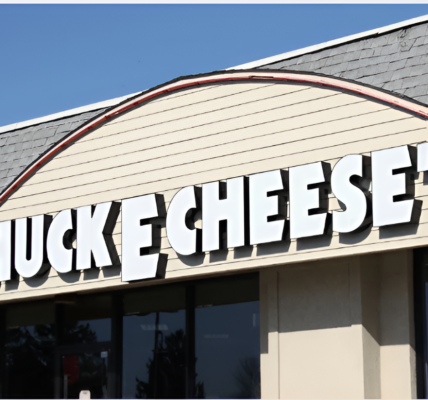
The federal government is turning to tech startups to transform its procurement process, reducing costs and streamlining operations. A pilot program called RFP-EZ, designed to simplify bidding for federal contracts, has demonstrated significant savings and attracted hundreds of new bidders, according to a Small Business Administration (SBA) analysis.
The RFP-EZ system has shown promising results, with savings of up to 44% on tech-related projects compared to traditional bidding processes. While the exact dollar amount is yet to be finalized, the pilot program revealed that bids submitted through RFP-EZ averaged 30% lower than those submitted through the government’s existing FedBizOpps platform.
For instance, one contract to build an email system drew an average bid of $83,385 through RFP-EZ, compared to $115,819 via FedBizOpps. Moreover, RFP-EZ attracted 270 new companies, most of which were making their first foray into federal contracting.
“These are real bids, real contracts, and real savings for the government,” said Pravina Raghavan, director of innovation and technology for the SBA’s Office of Investment and Innovation. “We’re reaching companies looking at government contracting in innovative ways.”
RFP-EZ was spearheaded by members of the Presidential Innovation Fellows program, including Clay Johnson, former digital director for Obama’s 2008 campaign, software developer Jed Wood, and GovHub founder Adam Becker. Their mission: to modernize federal procurement and open doors for smaller, more agile companies.
“The government needed to speak the language of technology,” Johnson explained. “Traditional platforms like FedBizOpps are clunky and intimidating for startups, but RFP-EZ makes bidding understandable, shareable, and marketable.”
FedBizOpps, the primary hub for federal contracting opportunities, is notorious for its complexity. Designed for contracts of all sizes, its labyrinthine interface often deters startups unfamiliar with the exhaustive documentation required for high-value projects.
Although the savings from RFP-EZ contracts might seem modest in the context of a trillion-dollar federal budget, the potential for scaling up is substantial. In fiscal 2011, the government awarded $10.4 billion in contracts valued at less than $150,000, according to the SBA. If RFP-EZ were widely implemented, it could yield significant cost reductions across federal agencies.
For now, the program remains focused on tech-related contracts, with hopes to expand into other sectors. “We’re always trying to find ways to streamline and get innovative entrepreneurs involved with the government,” Raghavan said.
The SBA plans to refine RFP-EZ based on user feedback and test the updated system with a new cohort of Presidential Innovation Fellows. Meanwhile, Johnson and Becker have launched a company, the Department of Better Technology, to bring similar systems to state and local governments.
“Government spending on IT is often preposterous,” Johnson said. “Modernization is supposed to improve efficiencies, but they’re often spending more money than they’re saving. Programs like RFP-EZ can change that.”
With a focus on innovation and collaboration, the federal government is taking meaningful steps toward transforming procurement, reducing costs, and empowering tech startups to shape the future of public services.





